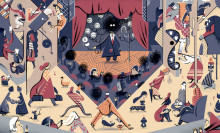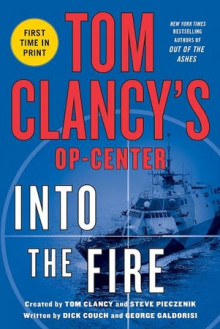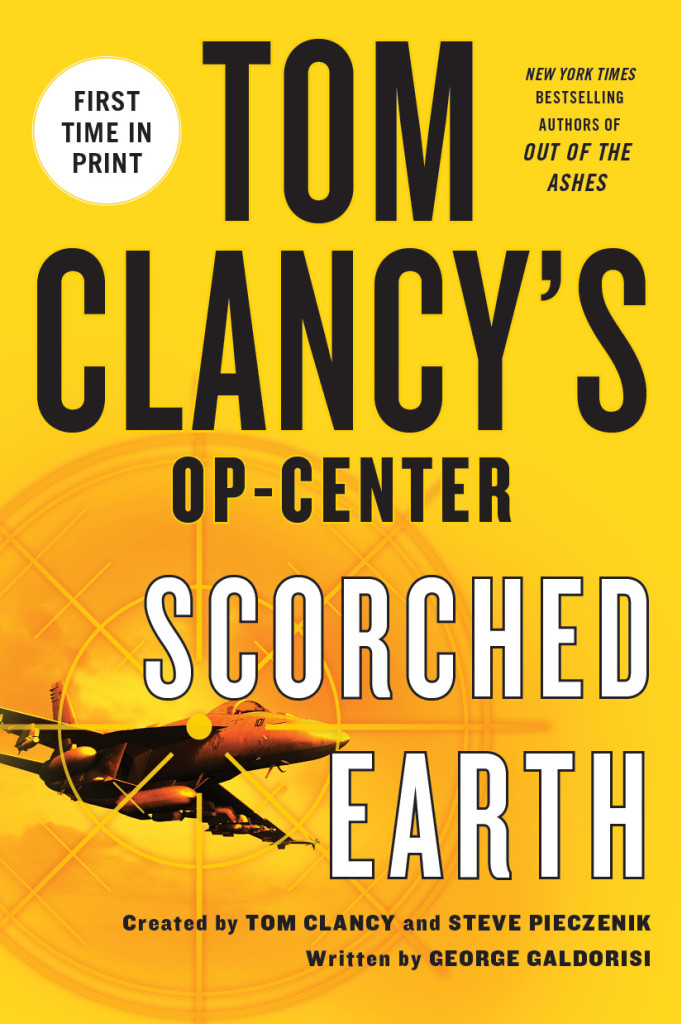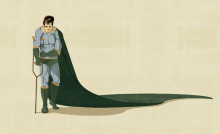Mindfulness

Mindfulness is a phenomenon sweeping the world – and there’s a reason for it. Most of us live distracted lives of mindlessness – living on auto-pilot, doing our rituals on social media and never stop for a moment.
At Google headquarters in Mountain View, Calif., Chade-Meng Tan, a veteran engineer, teaches mindfulness, a term that covers an array of attention-training practices. It may mean spending 10 minutes with eyes closed on a gold-threaded pillow every morning or truly listening to your mother-in-law for once. Google naturally sees it as another utility widget for staying ahead. This is not just a geek thing. Everywhere lately, the here and now is the place to be. George Stephanopoulos, 50 Cent and Lena Dunham have all been talking up their meditation regimens.
The Marine Corps is testing Mind Fitness Training to help soldiers relax and boost “emotional intelligence.” Nike, General Mills, Target and Aetna encourage employees to sit and do nothing, and with classes that show them how. As the high priestess of the fully aware, Arianna Huffington this year started a mindfulness conference, a page dedicated to the subject on The Huffington Post and a “GPS for the Soul” phone application with a built-in heart sensor to alert you when you’re calm or stressed.
The hunger to get centered is especially fervent in the cradle of the digital revolution. The Facebook co-founder Dustin Moskovitz told Wisdom 2.0 audiences about modeling his current software start-up, Asana, after lessons learned in his yoga practice. At the same summit, eBay’s founder and chairman, Pierre Omidyar, shared the stage with Thupten Jinpa, the Dalai Lama’s English interpreter, and pegged the auction site’s success on human goodness and trusting in complete strangers. At another, Padmasree Warrior, the chief technology and strategy officer at Cisco, detailed analog weekends devoted to family, painting, photography and haiku.
And…increasingly…the science supports the benefits. The New York Times article, “Contemplation Therapy (February 21, 2016) discusses an interesting study that suggests there is science behind claims made for mindfulness meditation.
Read more in another article here:
http://www.nytimes.com/2013/11/03/fashion/mindfulness-and-meditation-are-capturing-attention.html?_r=0









